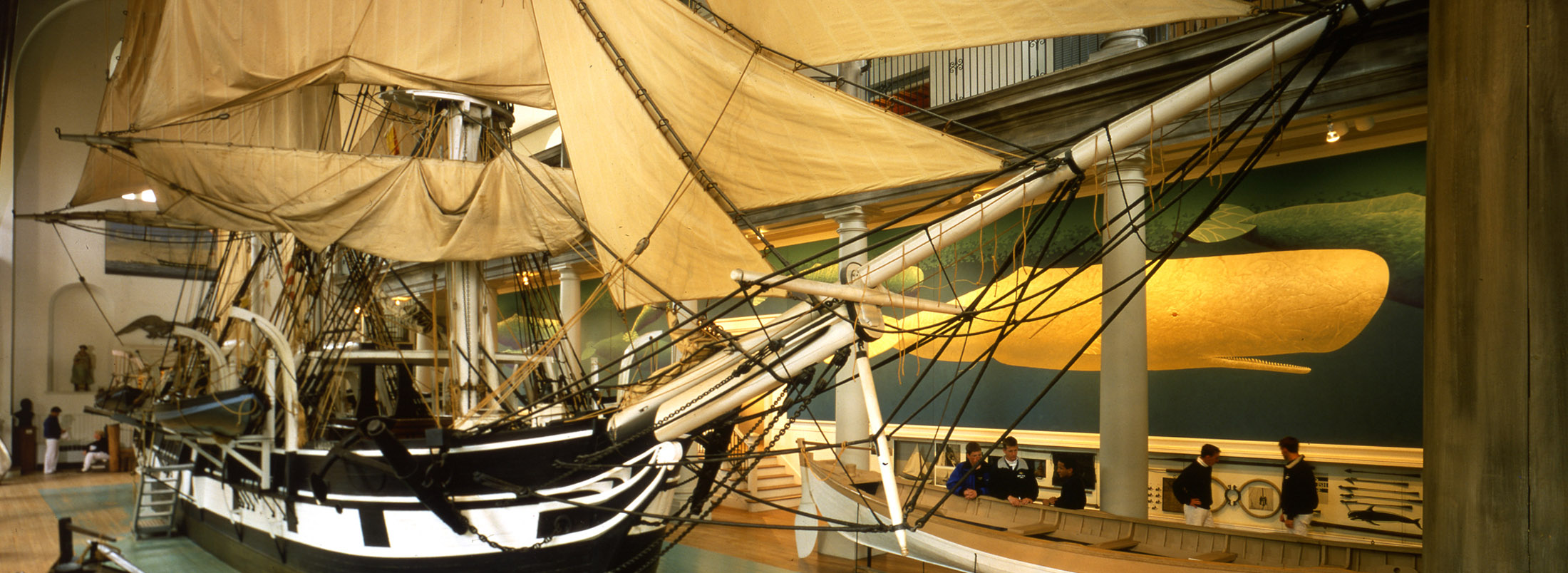
Damaged logbooks and records, including the first modern English-Japanese dictionary, detail the dramatic effort by the local Japanese village secretary, Ichiro Kurimoto, to convince village elders to spare the sailors’ lives. Their clemency and foresight marked what former US Ambassador to Japan Dr. Edwin Reischauer deemed a watershed in early US-Japanese relations, and forged a friendship between Mikurajima and New Bedford that endures today.
Having imaged and recovered the Viking logbook, the Lazarus team is working to photograph and asssemble a digital archive of all the documents relating to the history of this signal event, from not only the American and Japanese perspectives, but also that of the Chinese immigrants. During phase two of the project, high school students from both New Bedford and Mikurajima will produce a young adult history of the Viking shipwreck, working alongside university undergraduates, Michael Dyer, curator of the New Bedford collection, and a team of historians.



